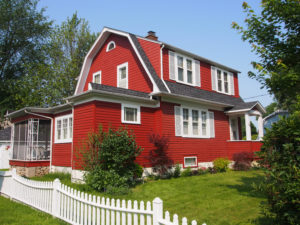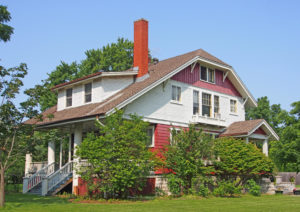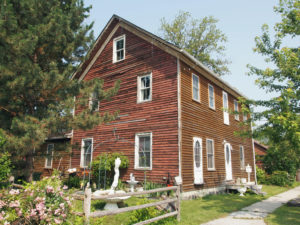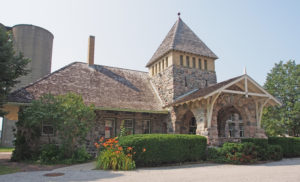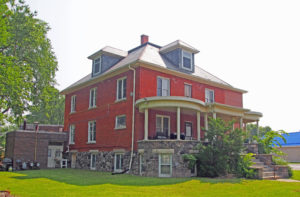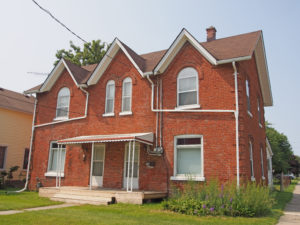Essex, Ontario – My Top 7 Picks
Amherstburg and Sandwich, the first towns to be established in Essex County, were first settled in 1796 after the British evacuated Fort Detroit. The populations of both towns were augmented by people immigrating from the United States to the south after the American Revolutionary War (1775-1783), especially from the City of Detroit by those who chose to remain British subjects, people known as “United Empire Loyalists”.
After the American Revolution and the War of 1812 (1812-1815), people continued to migrate north to the area, and came from the east from Lake Ontario and the St. Lawrence River of Lower Canada seeking land. Settlers began to move eastward along the north shore of Lake Erie. Â Land was purchased from the Indians in the southern half of the current county. The British Court made land available for settlement provided that certain improvements were made to the land within a year and that it was not used for speculation. This area became known as the “New Settlement” (as compared to the “Old Settlement” of the towns of Amherstburg and Sandwich). Â Settlers in the area included Hessians who fought for the British against the American rebels, and Pennsylvania Dutch (Mennonites).
In 1854 the Great Western Railway connected the Detroit frontier with the east, crossing Essex County. The Canadian terminal was in Windsor, which consequently forged ahead of the other towns of the county. Other railway lines were built that connected settlements in Kingsville, Harrow, Essex and Leamington.
By the late 19th century Essex County had seen fur trading and logging, land clearing and farming, road building and railway development, saw mills and gristmills, railway stations and water ports. By this time the forests were disappearing, replaced by fertile farmland.
Essex is a town in Essex County in southwestern Ontario with its municipal borders extending to Lake Erie. The Talbot Trail attributed to the growth of Essex in the last half of the 19th century.
Essex was one of the first counties to be settled in Upper Canada mostly by French people in the mid-18th century. Around 1749, the first permanent settlements began to appear on what is now the Canadian side of the Detroit River which despite its name is a strait connecting Lake Huron and the smaller Lake Saint Clair in the north and to Lake Erie in the south, as part of the Great Lakes system.
Essex County is largely composed of clay-based soils, with sandy soils along the beaches and shores. For the most part, Essex County is flat farmland, with some woodlots. When farmers first arrived, they encountered difficulty in trying to clear the extremely thick forests that covered Essex County. The farmers starved the trees from nourishment by cutting deep gashes in the bark, and burned them to clear the way to get to the fertile soils underneath. The fires were so intense that the reddish glow could be seen from Fort Chicago, 300 miles away, as millions of cords of wood burned.
On August 10, 1907, at the Essex Station there was a large explosion that sent shock waves across the county and into some parts of nearby Michigan. A train cart containing 5000 pounds of nitroglycerine ignited. The blast sent debris over 600 yards away, killed two people and injured many more. The boom of the explosion caused plaster to fall from the ceilings of buildings in Windsor and windows to rattle as far as Detroit. The Essex Station was very heavily damaged. The Essex Station was rebuilt to its previous form and remains a recognizable landmark in the town
.

